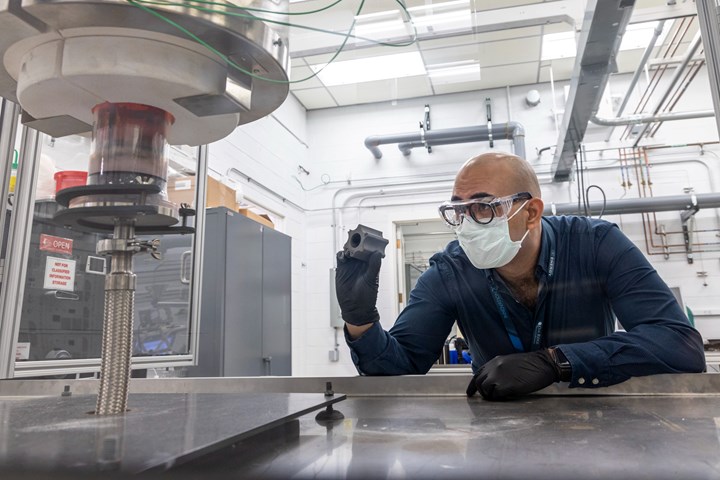A reprint from Additive Manufacturing.
Binder jetting provides a way to create pure silicon carbide fuel structures that can withstand the harsh environment of a nuclear reactor and provide a strong barrier against the release of radionuclides.

Dr. Kurt Terrani, the executive vice president at Ultra Safe Nuclear Corporation’s Core Division, was on the team that developed a process for 3D printing silicon carbide at Oak Ridge National Laboratory. USNC licensed the technology for use in making Micro Modular Reactors.
As we continue to feel the impacts of climate change, finding alternative sources of energy that don’t involve burning fossil fuels is an important part of reducing and mitigating its effects. Renewables such as wind, solar and hydro power can provide clean sources of energy, but they might not be able to provide enough power. Some scientists are now turning to nuclear as a promising source of power that doesn’t generate greenhouse gas emissions.
Many of the nuclear power plants in use right now were built in the 1950s and 1960s, and are scheduled to be phased out soon. Building new plants using the same outdated technology will require large amounts of land, money and time. So researchers have begun developing smaller, safer nuclear reactors that are enabled by advanced manufacturing techniques, including additive manufacturing.







Leave A Comment